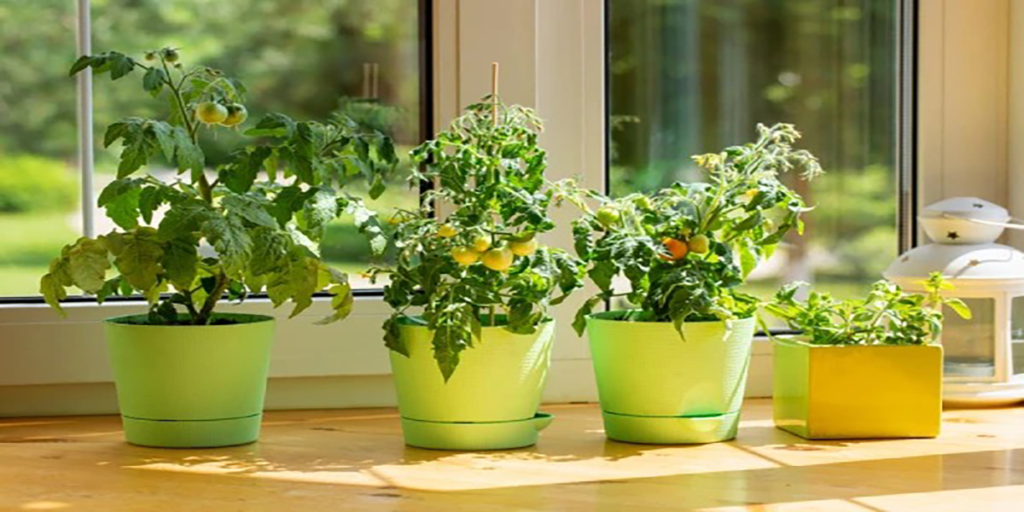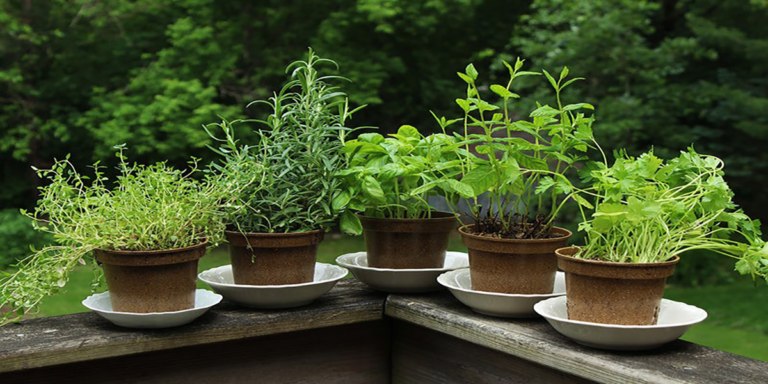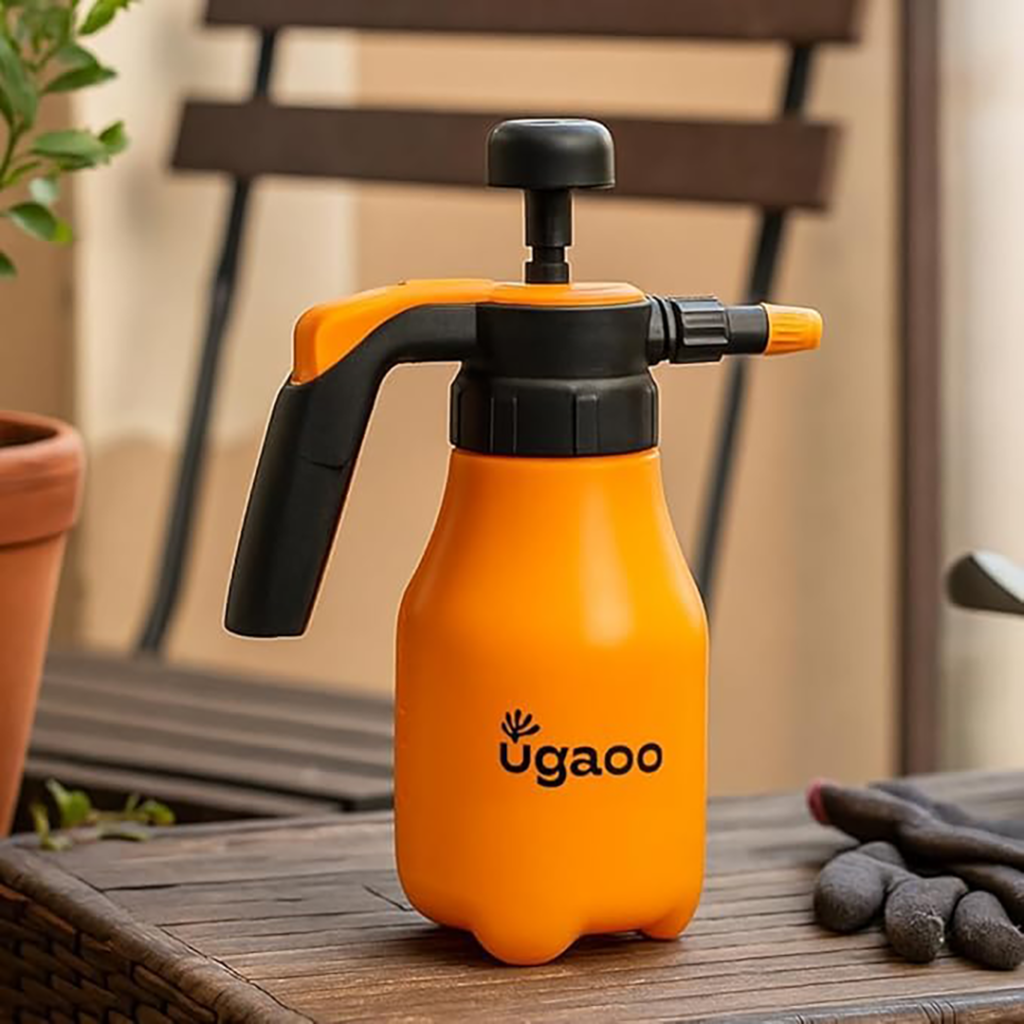
How to Start Your Own Kitchen Garden: A Beginner’s Guide
Imagine stepping outside your door to pluck fresh herbs, vegetables, or fruits grown by you. That’s the beauty of a kitchen garden—it brings freshness, flavor, and a bit of self-sufficiency to your daily meals. Whether you have a backyard, a balcony, or just a few pots on a windowsill, anyone can start a kitchen garden with the right approach. Here’s a simple guide to help you begin your home-grown journey.
🌱 What Is a Kitchen Garden?
A kitchen garden, also known as a home garden or herb garden, is a small area where you grow edible plants such as vegetables, fruits, herbs, and greens for personal use. Unlike a large-scale farm, it’s compact, manageable, and tailored to your household’s needs.
🪴 Benefits of a Kitchen Garden
Fresh and Organic Produce: Enjoy chemical-free food straight from your garden.
Cost-Effective: Reduces grocery bills and food waste.
Healthier Lifestyle: Gardening encourages physical activity and better food choices.
Sustainability: Reduces your carbon footprint and promotes eco-friendly living.
Stress Relief: Gardening is therapeutic and a great way to connect with nature.
📍 Step-by-Step Guide to Starting Your Kitchen Garden
1. Choose the Right Location
Pick a sunny spot—most edible plants need at least 4–6 hours of direct sunlight daily. It could be a balcony, terrace, backyard, or even a windowsill with enough light.
2. Start Small
Begin with a few easy-to-grow plants. Herbs like mint, basil, and coriander, or vegetables like tomatoes, chilies, and spinach are great for beginners.
3. Select Suitable Containers or Beds
Use pots, grow bags, hanging baskets, or raised beds depending on your space. Ensure they have good drainage to prevent root rot.
4. Prepare the Soil
Use a mix of garden soil, compost, and coco peat (or sand) in equal parts. Good soil is loose, well-draining, and rich in organic matter.
5. Water Wisely
Water your plants regularly, but don’t overdo it. Early morning or late evening is the best time to water. The soil should be moist, not soggy.
6. Feed Your Plants
Use homemade compost, vermicompost, or organic fertilizers to nourish your garden naturally. Avoid synthetic chemicals to keep your food truly organic.
7. Protect from Pests
Keep an eye out for insects. Use natural repellents like neem oil spray or plant marigolds nearby to deter pests.
🌿 Easy Plants to Grow in a Kitchen Garden
Herbs: Basil, mint, coriander, curry leaves, parsley
Vegetables: Tomato, chili, spinach, radish, okra, fenugreek (methi)
Fruits (in pots): Lemon, strawberries, figs
Leafy Greens: Lettuce, arugula, mustard greens
🧺 Maintenance Tips
Regularly trim and harvest to promote new growth.
Rotate crops every few weeks to maintain soil health.
Keep your garden clean to avoid fungal diseases and pests.
Observe your plants—yellowing leaves or wilting can signal issues.
🍽️ Enjoy the Harvest
There’s nothing more satisfying than cooking with ingredients from your own garden. From garnishing with fresh herbs to making a salad with your homegrown greens, you’ll notice the difference in taste and freshness.
Starting a kitchen garden doesn’t require a lot—just some sun, soil, and a little patience. Once you get going, it becomes an enjoyable and rewarding part of your daily life. So grab a pot, plant a seed, and take the first step toward a greener, healthier lifestyle.
What is the Kitchen gardening?
Kitchen gardening is the practice of growing edible plants such as vegetables, herbs, and fruits in or around your home, usually in a small, manageable space like a backyard, balcony, terrace, or even windowsills. It provides fresh, organic produce for daily use and promotes healthy, sustainable living. Kitchen gardens can be grown in pots, containers, or raised beds and are ideal for those who want to enjoy homegrown food with minimal space. It’s a great way to reduce grocery costs, connect with nature, and ensure chemical-free meals for your family.
What plants are good for kitchen garden?
Good plants for a kitchen garden include herbs like basil, mint, coriander, and curry leaves, which are easy to grow and used daily in cooking. Vegetables such as tomatoes, chilies, spinach, and fenugreek thrive well in small spaces. You can also grow lemons or strawberries in pots for fresh, homegrown fruit.
What is the main purpose of a garden?
The main purpose of a garden is to create a natural space for relaxation, beauty, and connection with nature. Gardens can provide fresh produce, improve air quality, support biodiversity, and enhance the aesthetic appeal of a home. They also promote mental well-being and offer a peaceful retreat from daily stress.




